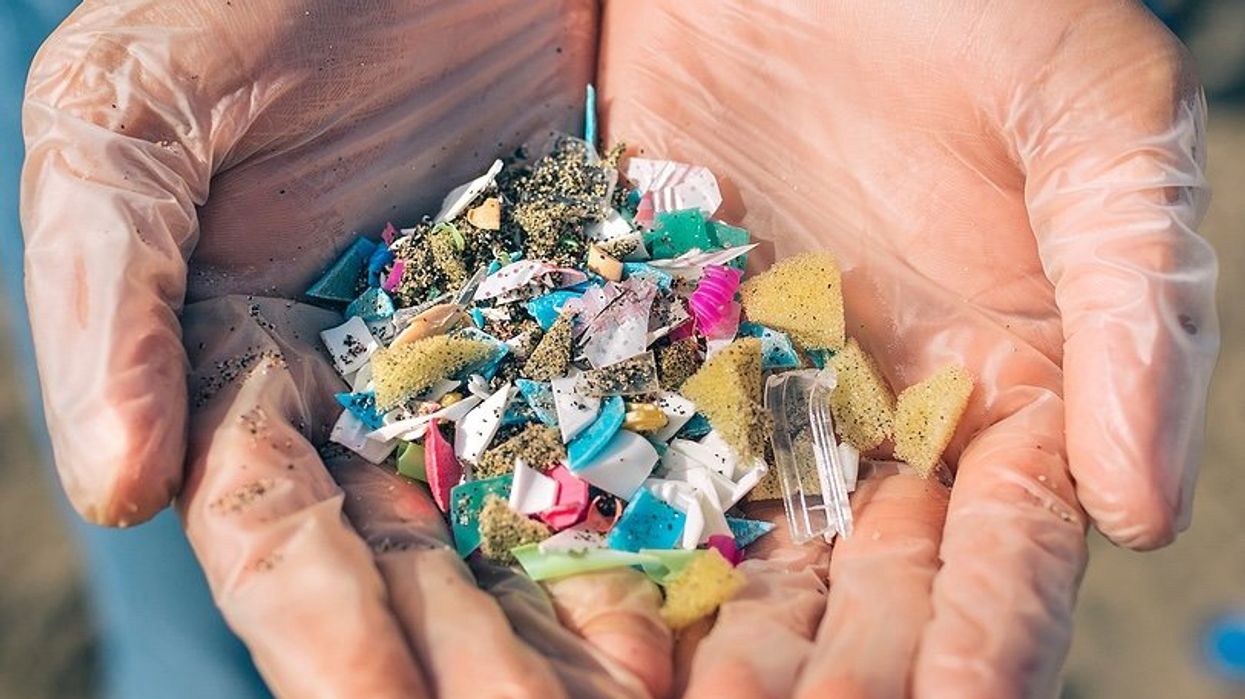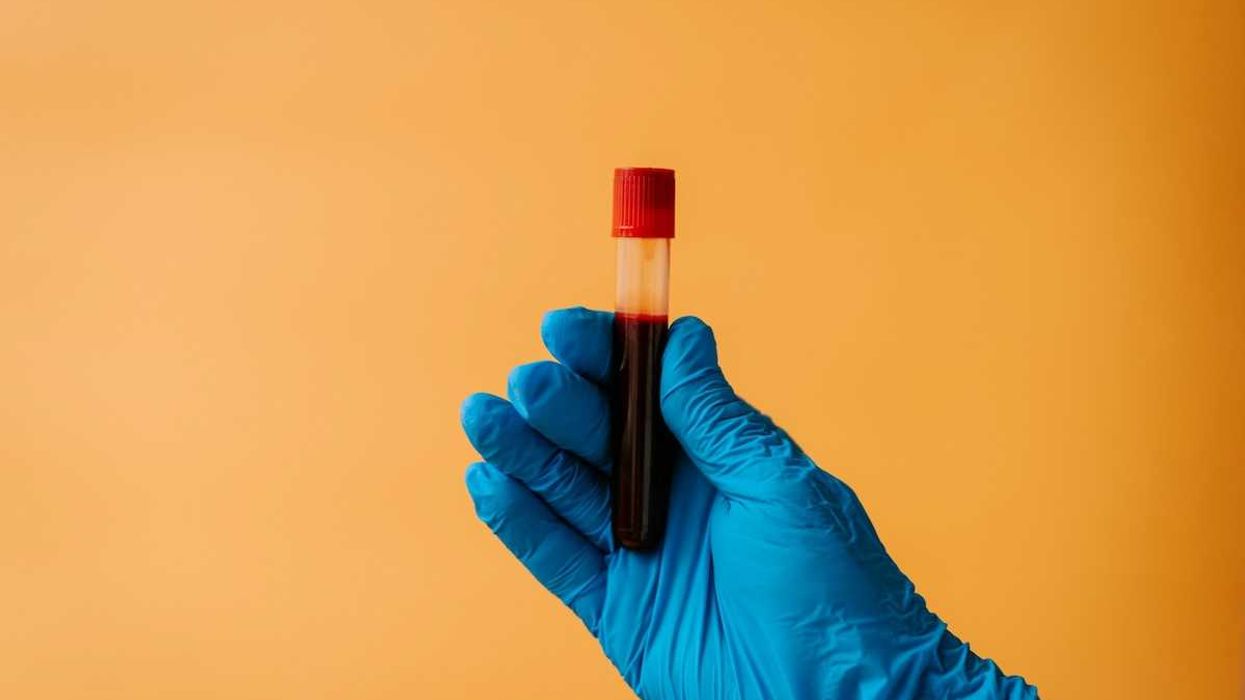Facilities in Utah released 181.8 million pounds of toxic chemicals in 2022, with most emissions from Bingham Canyon Mine.
Megan Banta and Anastasia Hufham report for The Salt Lake Tribune.
In short:
- Utah facilities emitted hundreds of millions of pounds of toxic chemicals, including arsenic, lead, and mercury, in 2022.
- Bingham Canyon Mine accounted for over 80% of these emissions, with significant releases of lead and other carcinogens.
- Efforts to reduce emissions include improved dust suppression, sulfur capture, and soil remediation.
Key quote:
"Given all the pollution and the toxins, we know some of these can be directly attributed to that. We just don’t know exactly which ones."
— Dr. Brian Moench, president of Utah Physicians for a Healthy Environment
Why this matters:
Bingham Canyon Mine, one of the largest open-pit mines in the world, has been a crucial economic asset but also a substantial source of pollution. The chemicals released into the environment can have far-reaching effects, impacting air quality, water sources, and soil health. Residents living near the mine face increased risks of respiratory issues, water contamination, and other health problems associated with prolonged exposure to toxic substances.














